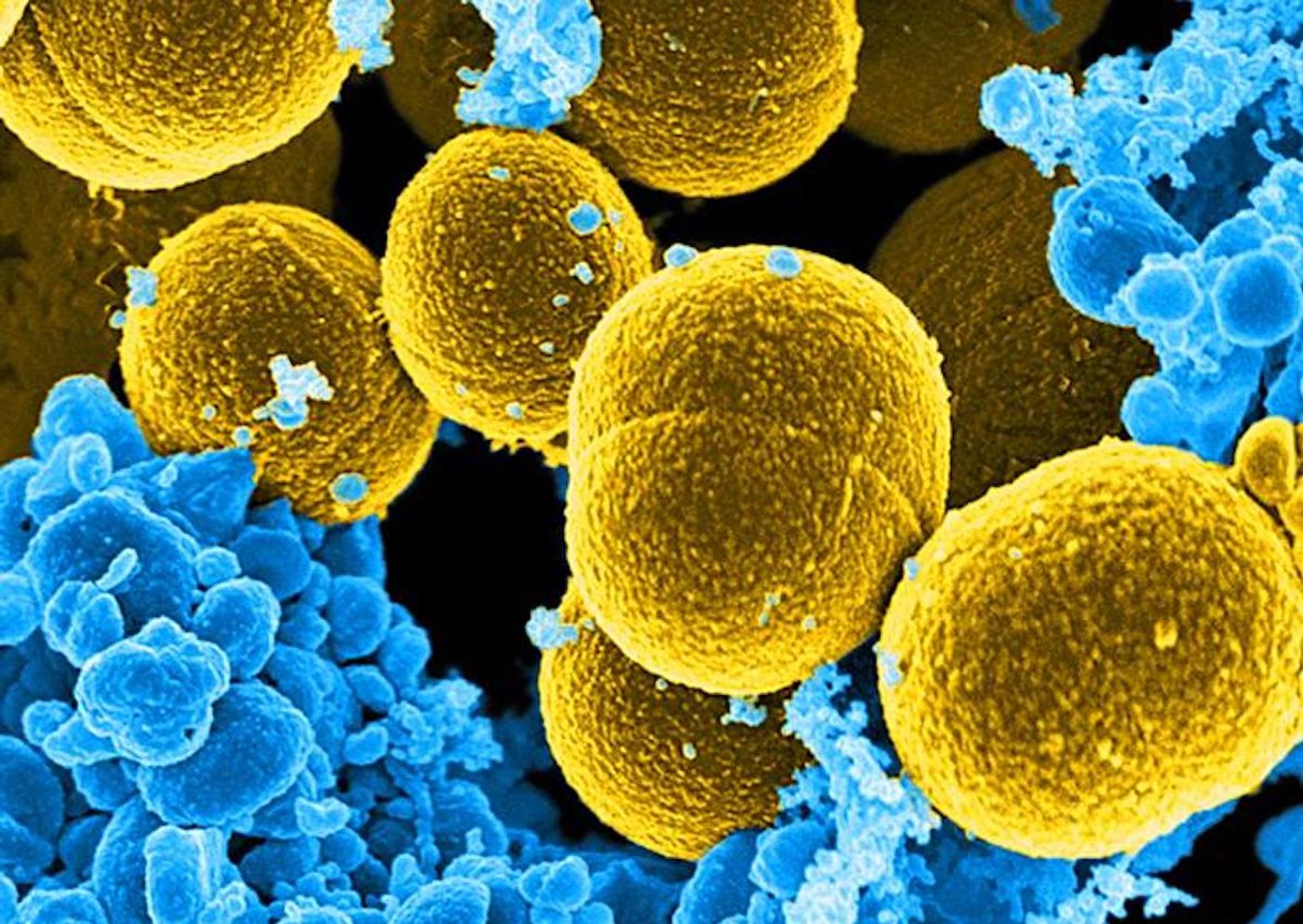When Different Microbes are Present, Antibiotics are Less Effective
Although antibiotic resistance is becoming a problem, many bacterial infections can still be prevented or eliminated with antibiotic drugs. But new research has shown that those drugs become less effective when multiple types of microbes are present, even at very low levels. This study can help explain why lung disease patients, including those with cystic fibrosis, can be so difficult to eliminate. The findings, which have been reported in The ISME Journal, demonstrate the importance of considering microbial interactions when using antibiotics to treat infections.
Co-infections with multiple pathogens aren't unusual in patents with chronic infections, but those aren't typically taken into account when calculating dosages. So, the results of this study "might help explain why, in these people, the antibiotics just don't work as well as they should," said co-first study author Thomas O'Brien, Ph.D.
Antibiotics aren't particularly efficient when it comes to chronic airway infections, which are often dominated by one pathogen. However, other types of microbes, many that are typically harmless, can frequently be found at the infection site. Those other microbes now appear to be an important consideration.
In this study, a new model of airway infection was created to grow and sustain microbial cocktails for several weeks, which can be difficult to do in the lab. These 'poly-microbial infections' were generated with Pseudomonas aeruginosa and Staphylococcus aureus bacteria as well as Candida albicans fungus, which is a common combination of microbes found in cystic fibrosis patients. The antibiotic colistin was unable to destroy the mixture, though it usually can destroy colonies of P. aeruginosa. Similar results were seen with another antibiotic called fusidic acid that normally kills S. aureus, or fluconazole, which targets Candida. Much higher doses of each drug were required to eliminate these microbes when they were part of a poly-microbial infection compared to single microbial colonies.
"All three species-specific antibiotics were less effective against their target when three pathogens were present together," said senior study author Martin Welch, Professor of Microbial Physiology and Metabolism at the University of Cambridge.
Antibiotics are usually tested to identify the lowest dose needed to effectively stop an infection. This study shows why those lab-tested doses don't always work when applied to a person. But the poly-microbial infection model used in this study can help determine the correct dose.
Sources: University of Cambridge, ISME Journal









